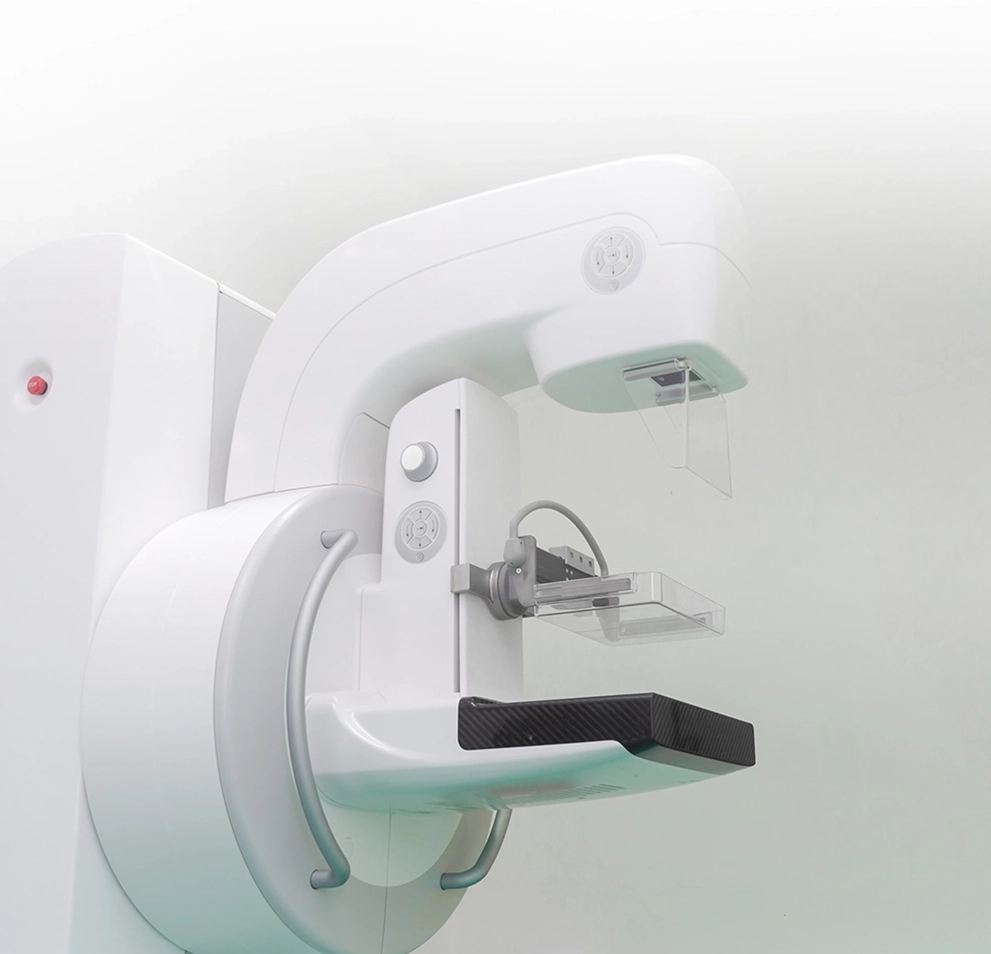OVERVIEW
3D mammography is an advanced form of mammography, a specific type of breast imaging that uses low-dose X-rays to detect cancer early when it is most treatable. 3D mammography aids in the early detection and diagnosis of breast cancer. The technology provides a more thorough examination than traditional 2-dimensional (2D) mammograms by providing more information about breast tissue density, which can be an indicator of cancer.
In addition to detecting cancers earlier than traditional 2D digital mammography, 3D mammography can also be used to verify suspicious areas identified by other imaging tests such as ultrasound or MRI.
Advantages of Tomosynthesis or 3D Mammography
There are multiple advantages associated with 3D mammography:
3D mammography produces better-quality images that support more accurate breast cancer diagnosis.
This helps detect cancers in women with dense breast tissues.
3D mammography may help reduce the chances of false positives.
It reduces the need for additional imaging by providing better-quality images in the first go.
It is a safe screening and diagnostic test for breast cancer.


